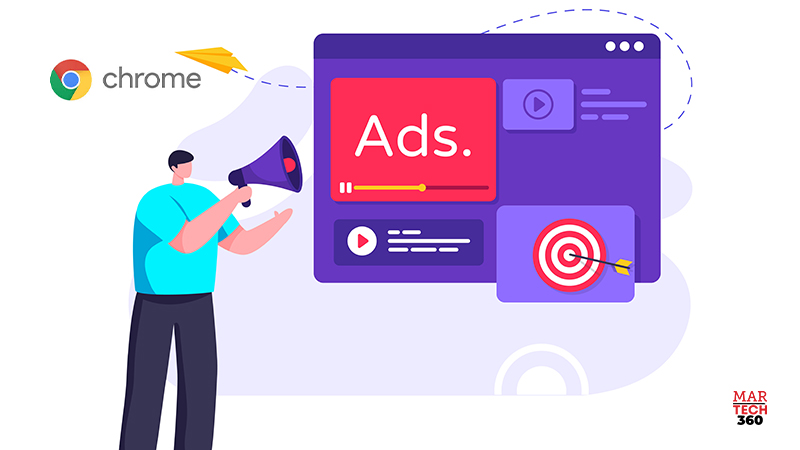When it comes to improving privacy on the web, the work is never finished. In Chrome, the team continues to invest in features that protect users’ data and provide more control over how it is used. This effort includes taking steps to limit the ability to track users’ activity across different websites.
Starting on January 4, Chrome will begin testing Tracking Protection, a new feature that limits cross-site tracking by default. This is achieved by restricting website access to third-party cookies. The rollout will initially apply to 1% of Chrome users globally, marking a significant milestone in the Privacy Sandbox initiative. The ultimate goal of this initiative is to phase out third-party cookies for all users in the second half of 2024, pending resolution of any remaining competition concerns raised by the UK’s Competition and Markets Authority.
The role of third-party cookies has been integral to the web for nearly three decades. While these cookies have been used for tracking website activities, they have also played a crucial role in supporting various online experiences, such as facilitating logins and displaying relevant ads.
In the transition toward a more privacy-focused web through the Privacy Sandbox, Chrome is taking a responsible approach to phasing out third-party cookies. The team has developed new tools for websites to support essential use cases and has allowed developers the necessary time to adapt to these changes. The introduction of Tracking Protection begins with a small percentage of Chrome users, enabling developers to test their readiness for a web environment without relying on third-party cookies.
For users selected to participate in Tracking Protection, notifications will be sent when Chrome is opened on either desktop or Android. Upon activation of Tracking Protection, third-party cookies will be restricted by default as you browse the web, reducing the ability to track your activity across different websites.
If a website encounters issues and doesn’t function properly without third-party cookies, Chrome will detect the problem. In such cases, if you experience difficulties, such as multiple page refreshes, Chrome will prompt you with an option to temporarily re-enable third-party cookies for that specific website. This option is accessible through the eye icon located on the right side of your address bar.


Comments are closed.